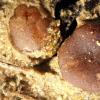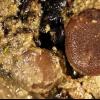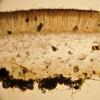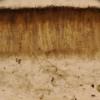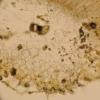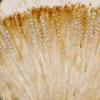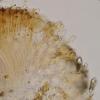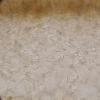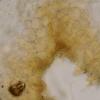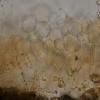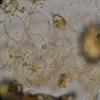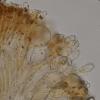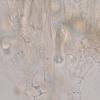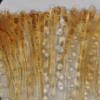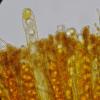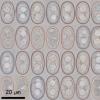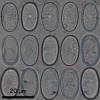
07-12-2025 16:07
Arnold BüschlenHallo, ich habe in einer Moos-Aufsammlung (epiohy

05-12-2025 17:33
 Bruno Coué
Bruno Coué
Bonjour, je serais heureux de recueillir votre avi

07-12-2025 09:24
De la pasada semana en Galicia EspañaEn el suelo

06-12-2025 00:19
 Viktorie Halasu
Viktorie Halasu
Hello, would anyone have this article, please? An

02-12-2025 18:59
This pair of ascos 2.5cm across were on recently b
 Hi again
Hi againExactly at the same place than my previous species (Aragüés del Puerto) that I just sent, even in the same square centimeter, and with an almost identical macro appearance, this Pachyella grew. At first glance it is impossible to differentiate them, but the micro does not lie.
Exctal excipulum with textura globulosa finished in a cylindrical-claviform appendix. Margin with chains of 2-3 subglobose cells and cylindrical-claviform appendix. Medullary excipulum with very lax (gelled) intricate texture. Paraphysis with large brown pigment gutules, slightly thickened at the apex. Uniseriate octosphoric asci, with croziers and IKI -. Ellipsoidal spores, with 2 large LBs, apparently finely rough in water, but virtually imperceptible in cotton blue, of (18.3) 18.8 - 20.1 (20.8) × (10.8) 11.2 - 12.1 (12.3) µm; Q = 1.6 - 1.78 (1.8); N = 50; Me = 19.5 × 11.6 µm; Qe = 1.7
With this spore size, in the literature I only see Pachyella adnata, but the spores have large spines. Macroscopically reminds me to P. celtica, but paraphysis, asci, spore size, etc. do not fit. It also looks like Peziza subisabellina, but the micro has nothing to do with it. Perhaps a simply P. babingtonii growing on land?
Thank you.

